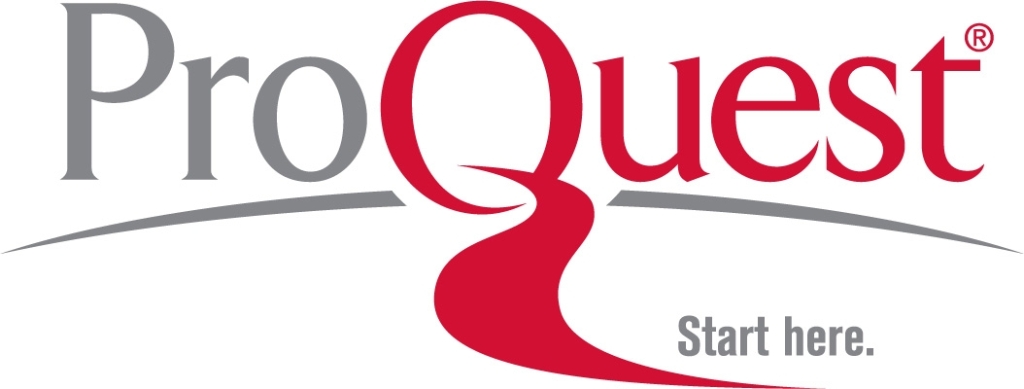Abstract
The purpose of this study is to examine the relationship between the social media addiction and the adolescent-parent relationship. Participants of the study are 583 adolescents (365 females, and 218 males). In the study, the Social Media Dependency Scale and the Adolescent Parent Relationship Questionnaire (PARQ) were used. In order to test whether the parent-adolescent relationship predicts the social media addiction, standard and stepwise multiple regression analysis were conducted. As the conclusion of the research, it was determined that the adolescent-parent relationship predicts the social media addiction. It was determined that the social media addiction was significantly predicted by the global distress in the family, the conflict with the mother concerning the school, the adolescent in the middle variable, which demonstrates that the adolescent is in the middle due to the conflicting parents attempting to take sides with the adolescent, and perfectionism cognitive error variable. As a result, it can be stated that the social media addiction of the adolescent increases as the global distress level increases in the family, particularly as the conflict level of the adolescent with the mother concerning the school increases, as the attempts of parents to take sides with the adolescent increase due to the conflict between the parents, and as the perfectionism cognitive error level of the adolescent increases. Mental health professionals; they can prevent the adolescent from developing social media addiction by intervening with the general stress in the family, the conflicts the adolescent has with their parents, and the parents' expectations from the adolescent (example; being perfect, pulling the adolescent to their side).
Keywords
DOI: http://dx.doi.org/10.15390/EB.2020.8202







